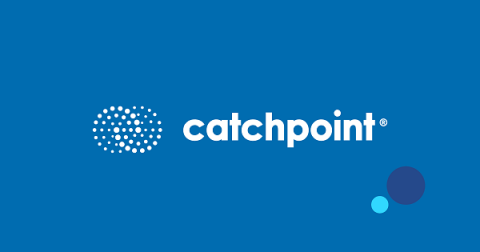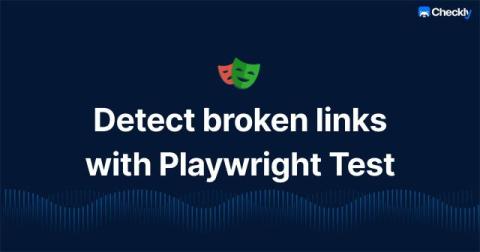Speedscale vs Coder: Ephemeral Developer Environments for Different Needs
Speedscale and Coder are two distinct tools that, while both aim to increase developer productivity, serve fundamentally different purposes. Both provide software development environments for enhancing productivity and collaboration in software development teams.











